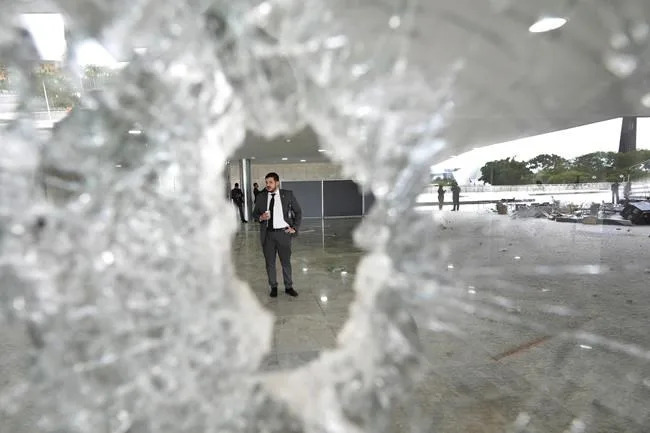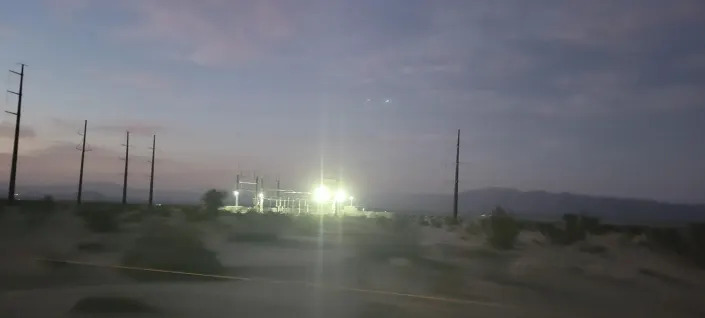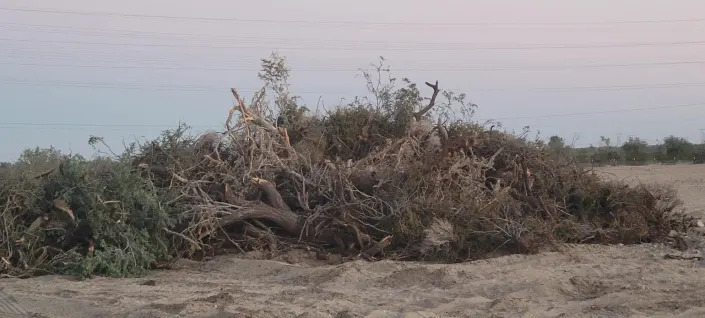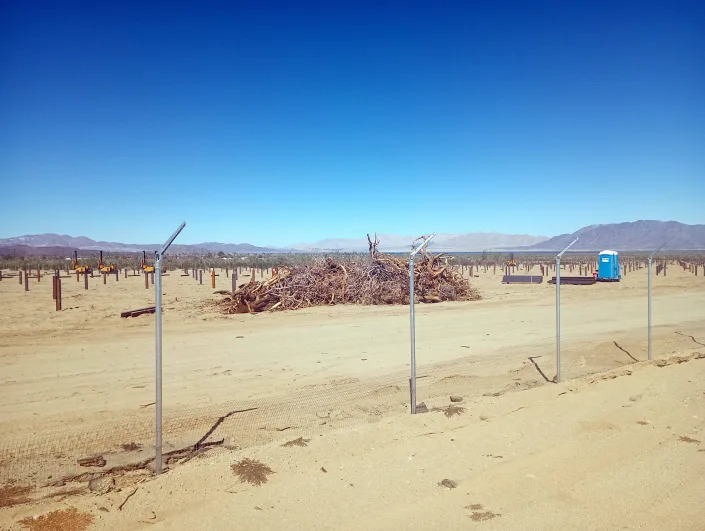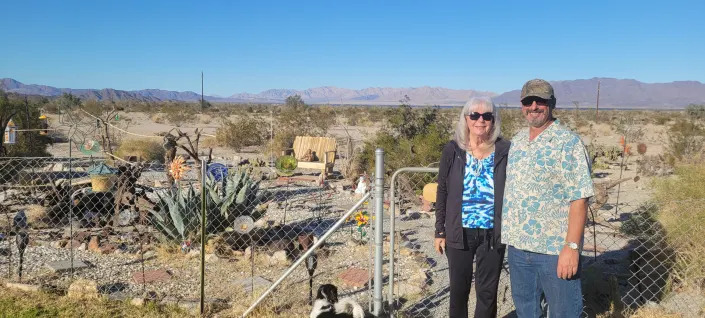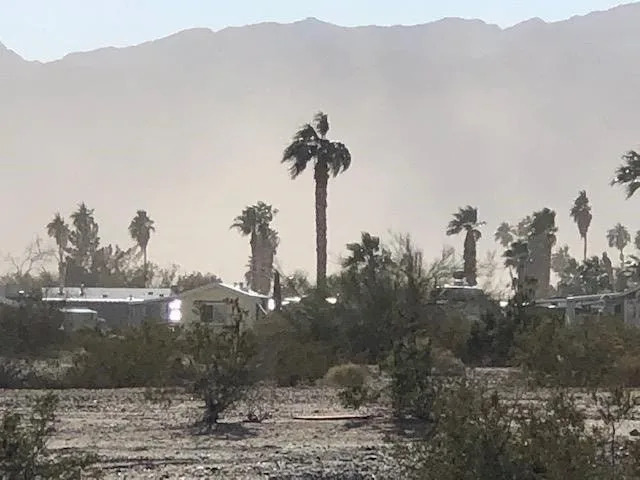Kate Abnett
Tue, January 10, 2023


By Kate Abnett
BRUSSELS (Reuters) - Europe experienced its second-warmest year on record in 2022, European Union scientists said on Tuesday, as climate change unleashed record-breaking weather extremes that slashed crop yields, dried up rivers and led to thousands of deaths.
The EU's Copernicus Climate Change Service (C3S) said 2022 was also the world's fifth-warmest year, by a small margin. C3S records date back to 1950, but other, longer datasets confirm 2022 was the world's fifth-warmest year since at least 1850.
The last eight years were the world's eight hottest on record, C3S said.
GRAPHIC: How climate change unfolded in 2022 https://www.reuters.com/graphics/CLIMATE-CHANGE/EU-SCIENCE/zgvobrbbxpd/graphic.jpg
The planet is now 1.2C warmer than in pre-industrial times, as a result of human-caused climate change, C3S said. Copernicus said temperatures in Europe have increased by more than twice the global average over the last three decades.
"We are already experiencing the devastating consequences of our warming world," said C3S deputy director Samantha Burgess, who called for urgent action to cut CO2 emissions and adapt to the changing climate.
Last summer was Europe's hottest on record, smashing temperature records in countries including Italy, Spain and Croatia. Severe heatwaves caused more than 20,000 "excess" deaths in countries including France, Germany, Spain and Britain.
GRAPHIC: Record breaking temperatures in Europe
Combined with a dearth of rain, the heat triggered a widespread drought that initial analysis ranked as Europe's worst in 500 years. Low water levels delayed shipping along Germany's Rhine, while the lack of rain hit hydropower generation and slashed maize and soybean crop yields.
The hot, dry spell fuelled intense wildfires in countries from Spain to Slovenia, unleashing more emissions across the EU and Britain than in any summer of the last 15 years.
Britain experienced its hottest year on record in 2022, its national weather service said on Wednesday.
GRAPHIC: Temperature deviation in 2022 https://www.reuters.com/graphics/CLIMATE-CHANGE/EU-SCIENCE/egvbymymkpq/graphic.jpg
Global temperatures will only stop rising if countries reduce their emissions to "net zero" - meaning they release no more greenhouse gases into the atmosphere than they remove.
The 27-country EU, Britain, Canada, Japan and others have pledged to reach that goal by 2050, with China and India aiming to achieve it later.
Despite those long-term pledges, global emissions continue to rise. Carbon dioxide concentrations in the atmosphere averaged around 417 ppm in 2022 - the highest level for over 2 million years, C3S said.
Other parts of the world faced a year of climate devastation, as global warming continued to hit the world's poor and vulnerable populations hardest. Flooding in Pakistan killed at least 1,700 people, while drought decimated livestock populations in Somalia.
(Reporting by Kate Abnett; Editing by Raissa Kasolowsky)

